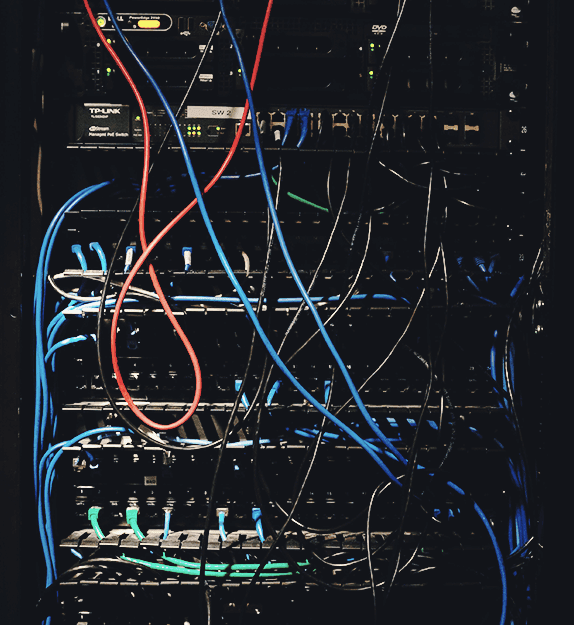Discover how Myra combines digital sovereignty and cyber resilience.
Home>
Internet-Backbone
03
How are backbones protected against outages?
The redundant structure of the backbone networks ensures that faults in individual lines can be absorbed to ensure functionality even in the event of damage. Background: In the past, submarine cables have been damaged or even severed by anchoring ships on several occasions.
04
How are backbones connected to each other?
The physical connection points between the individual backbone lines are the so-called points of presence (PoPs). This is where data is transferred between the individual providers. PoPs have the necessary routers, switches, servers, and other equipment required to route traffic to the connected networks. As a result, data centers for points of presence are often located near major Internet Exchange Points (IXPs), such as DE-CIX in Frankfurt am Main, Germany. The short distance between points of presence and Internet Exchange Points ensures the highest possible performance.
To optimize the management of the PoPs and make them as performant and cost-effective as possible for all providers, cloud operators and other Internet companies involved, so-called colocation centers, carrier hotels and meet-me rooms are operated at large nodes. Providers station the required IT infrastructure here to forward the data within a neutral environment with very bandwidth-strong connections. One well-known operator of cloud-neutral colocation centers is Myra partner Interxion, for example, which provides connections to more than 500 network operators and 20 European Internet exchanges via its infrastructure.
About the author
Stefan Bordel
Senior Editor
About the author
Stefan Bordel has been working as an editor and technical writer at Myra Security since 2020. In this role, he is responsible for creating and maintaining website content, reports, whitepapers, social media content and documentation. This role allows him to bring his extensive experience in IT journalism and technical knowledge to an innovative cyber security company. Stefan previously worked at Ebner Verlag (formerly Neue Mediengesellschaft Ulm) for 7 years and joined the online editorial team at com! professional after working for Telecom Handel. He gained his first journalistic experience during various internships, including at the IT website Chip Online. As a passionate Linux user, he follows the IT scene closely, both privately and professionally.




